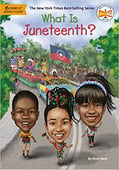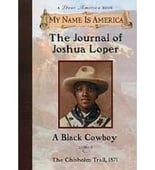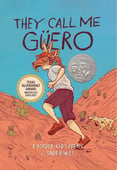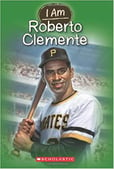
Before coming to ANet, I led a 6th grade English class in South Texas and taught Francisco Jimenez’s memoir The Circuit to my students as part of the district curriculum.
I distinctly remember missing a day of instruction for an assembly, then returning to class the following day; my students couldn’t wait to get back to class, to get back to the book.
What students read matters.
When we were back in the classroom, one student in particular–whose favorite class I knew was generally 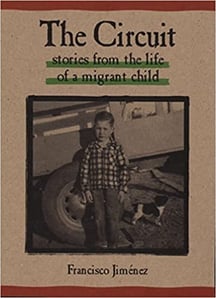
At ANet, we know this to be true from our own and our partners' experiences. The ELA Assessment team has applied this principle as we’ve worked to diversify the representation of different groups in our assessment texts. For example–as my colleague Marie shared in her reflections in last month’s blog post–we have steadily increased racial representation across our assessment texts over the last few years. Another area of identity in which we hope to increase focus in the future is that of intersectionality. Recognizing that each individual’s experience of race, gender, socio-economic status, sexual orientation, and other aspects of identity is unique, we have begun to seek out texts that reflect a broad and intersecting spectrum of identities.
Some examples of texts we have recently sourced and added to our passage bank include informational texts about the origins of the Juneteenth holiday and Black and Latinx historical figures such as Doris Miller and Roberto Clemente, speeches by leaders including Barack Obama and Shirley Chisholm, and stories and poetry by Black and Latinx authors like Walter Dean Myers and David Bowles.
We strive for our text selection to serve multiple purposes; texts should not only provide students with both windows and mirrors when it comes to identities and racial and cultural representation, but they should also model for our partners what strong, diverse, and equitable text selection can look like in an instructional context. To further support our partners in this work, we provide resources like our Bias and Sensitivity Tracker to help teachers evaluate how well the texts they are using for instruction serve goals of equity and increased representation.
Restricting students’ access to diverse ideas and topics in texts prevents true equity in literacy.
Students crave texts that reflect their own identities and provide them with a better understanding of those who differ from them. In many places around the country, we are seeing efforts to remove books from curricula, classrooms, and libraries that may challenge conventional ideas around race and other aspects of identity. In response, we are seeing students call for more agency in their own education; for their voices to be heard and considered in regards to what they learn in the classroom. At ANet, we firmly believe students should have the opportunity to drive their own learning, including having a say in what they read and free access to texts that reflect various identities. We strive to provide assessment materials that reflect that belief and support our partners in doing the same.
